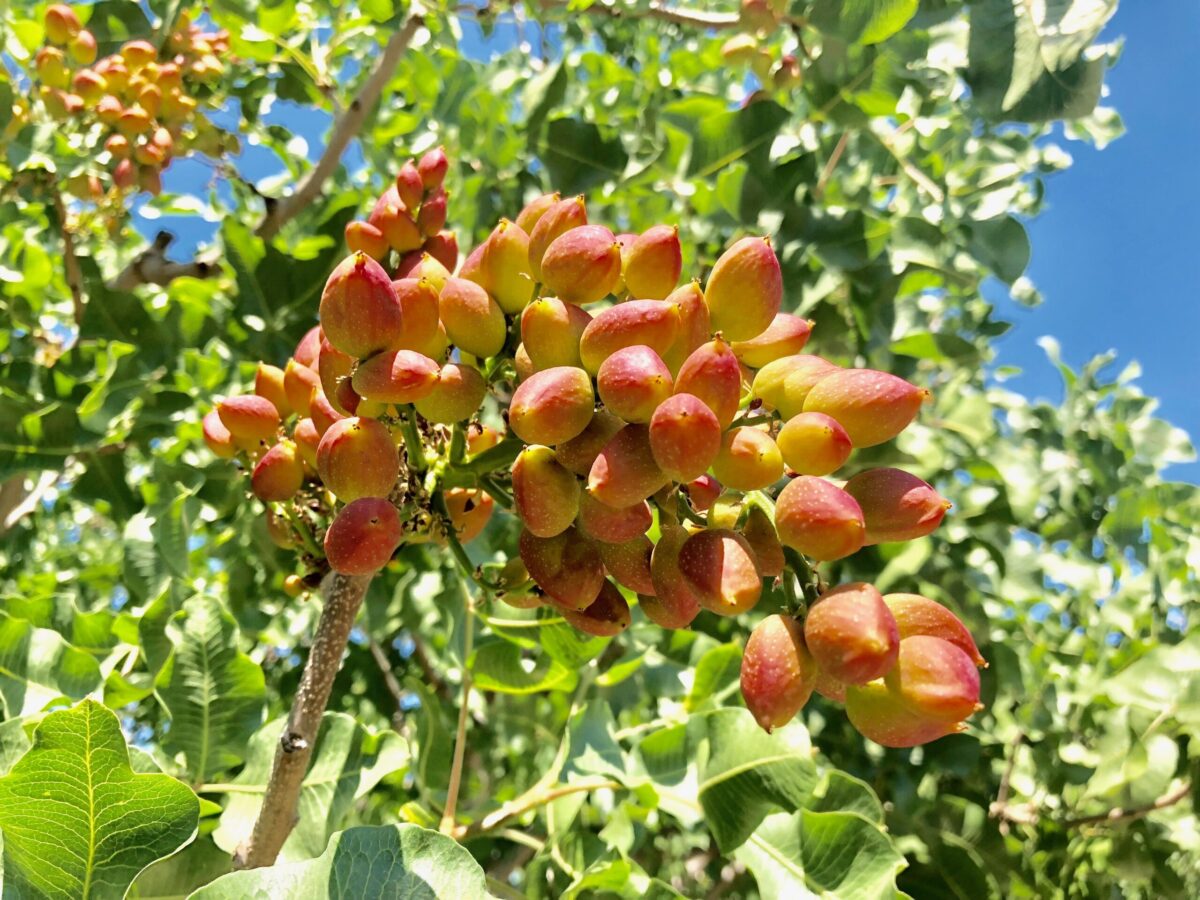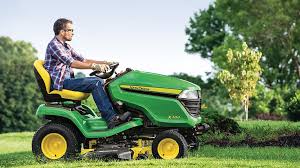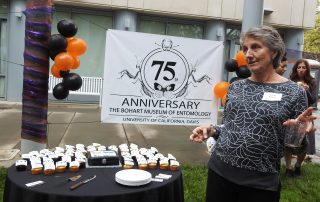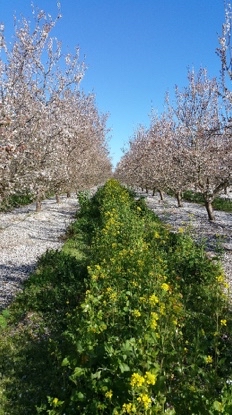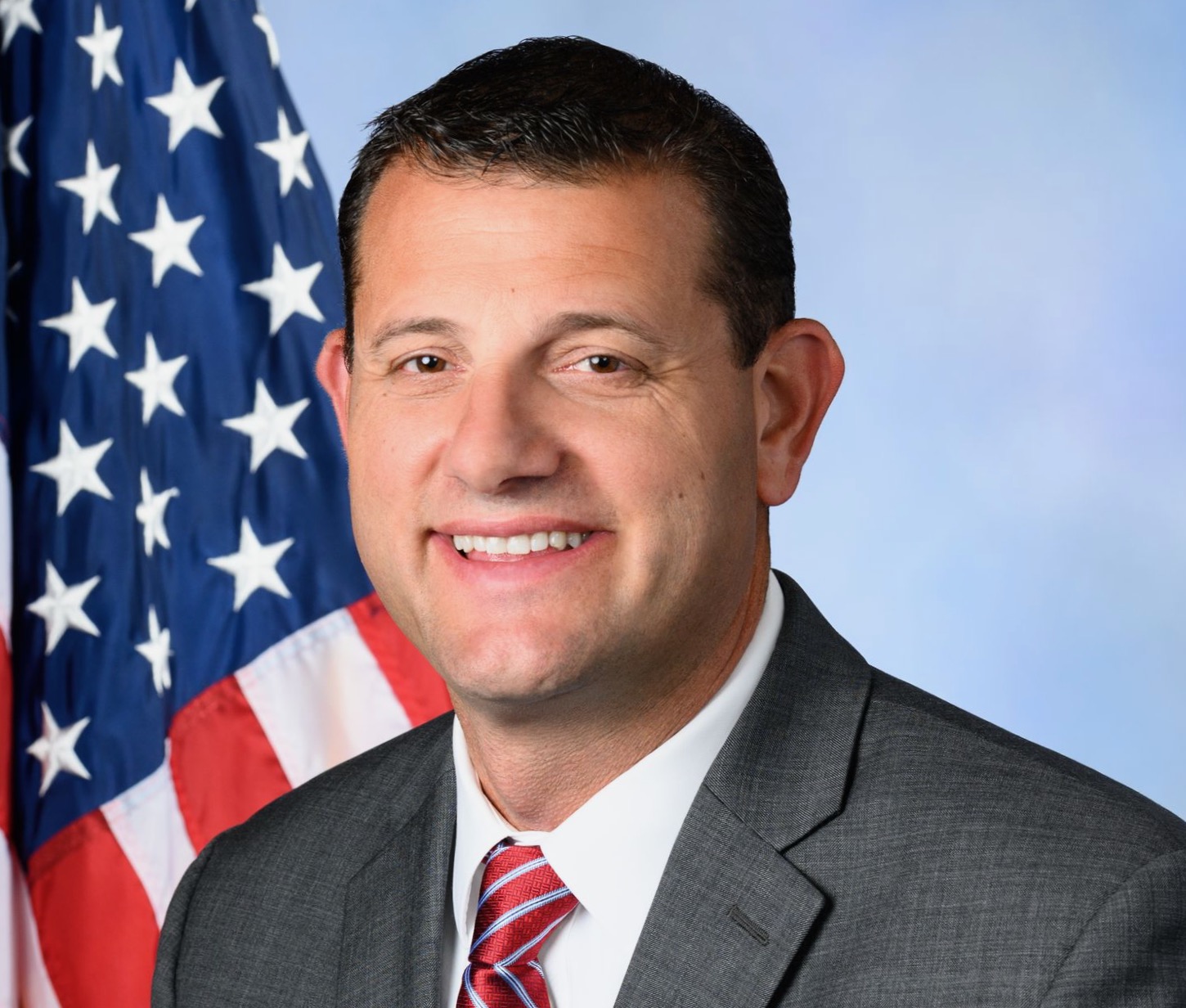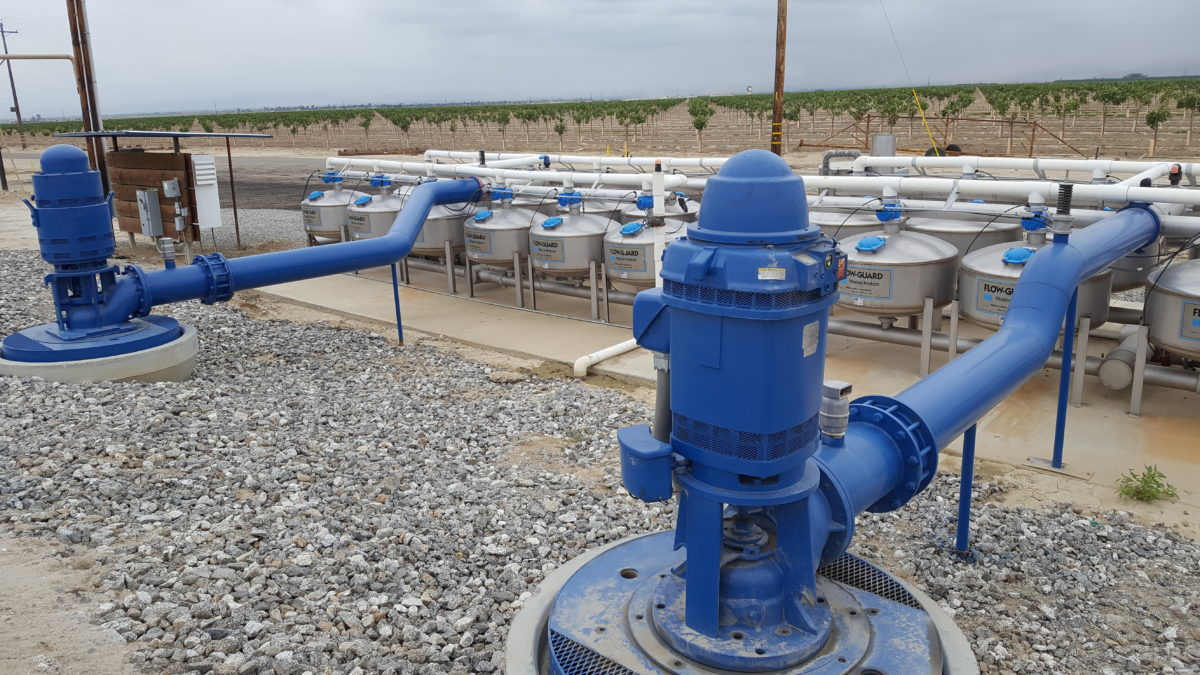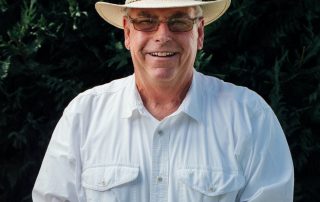CFLCA Annual Meeting Nov. 17 and 18
California Farm Labor Contractor Association’s 11th Annual Ag Labor Forum (Virtual) Coming on November 17 & 18
The California Farm Labor Contractor Association (CFLCA) is hosting its 11th Annual Ag Labor Forum in a virtual format on November 17th & 18th.
Farm labor contractors, supervisors, growers, agriculture human resources professionals, safety managers, and affiliated ag labor industry representatives are invited to attend. Attendees will gain knowledge and tools to be successful, compliant, and lucrative in the ag labor industry. Sessions are available in both English and Spanish.
Over 30 educational classes taught by top-notch instructors highlight key information, strategies, and solutions. The keynote speakers include Curt Covington, the senior director of institutional lending at AgAmerica, forecasting California’s ag future and Craig Regelbrugge, the senior vice president of AmericanHort, discussing if good ag labor policy is good for politics. Other session topics include Cal/OSHA updates, preparing for 2022 laws and regulations, federal and state licensing issues, and operations management solutions.
“Our Ag Labor Forum is a great opportunity to expand the knowledge and skills needed to be successful in the farm labor contractor industry. Compliance and licensing are the core of our existence, and this event provides critical information needed to ensure your business stays afloat,” said the president of CFLCA, Oscar Ramos. “The virtual format enables us to serve a large and diverse population and we are thrilled to be able to provide this information to so many business leaders,” he added.
Additional information including registration and sponsorship options can be located by visiting the CFLCA website at www.calflca.org or by calling 916-389-1246.


